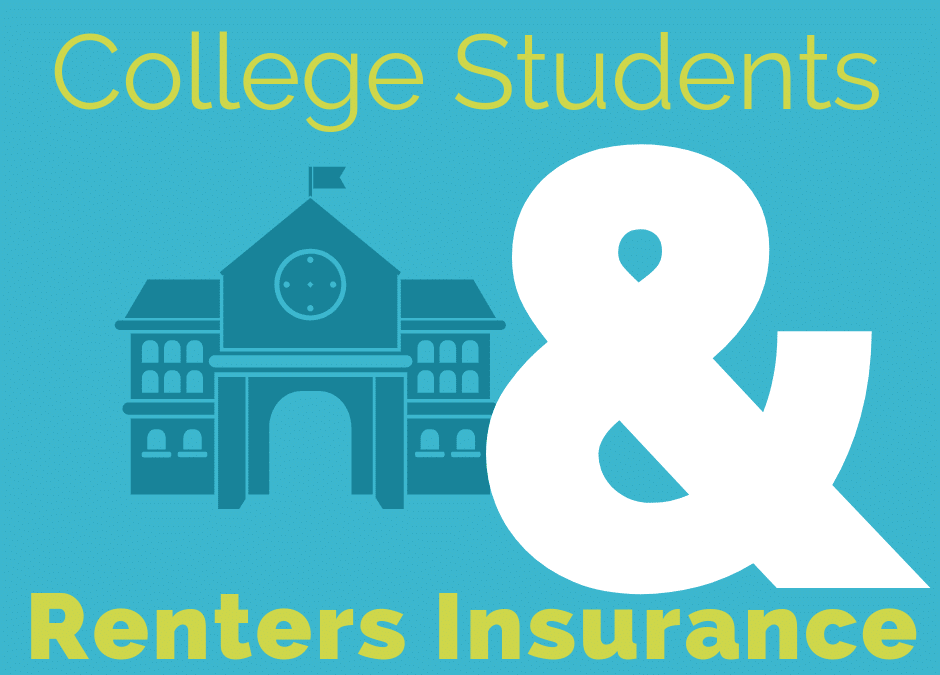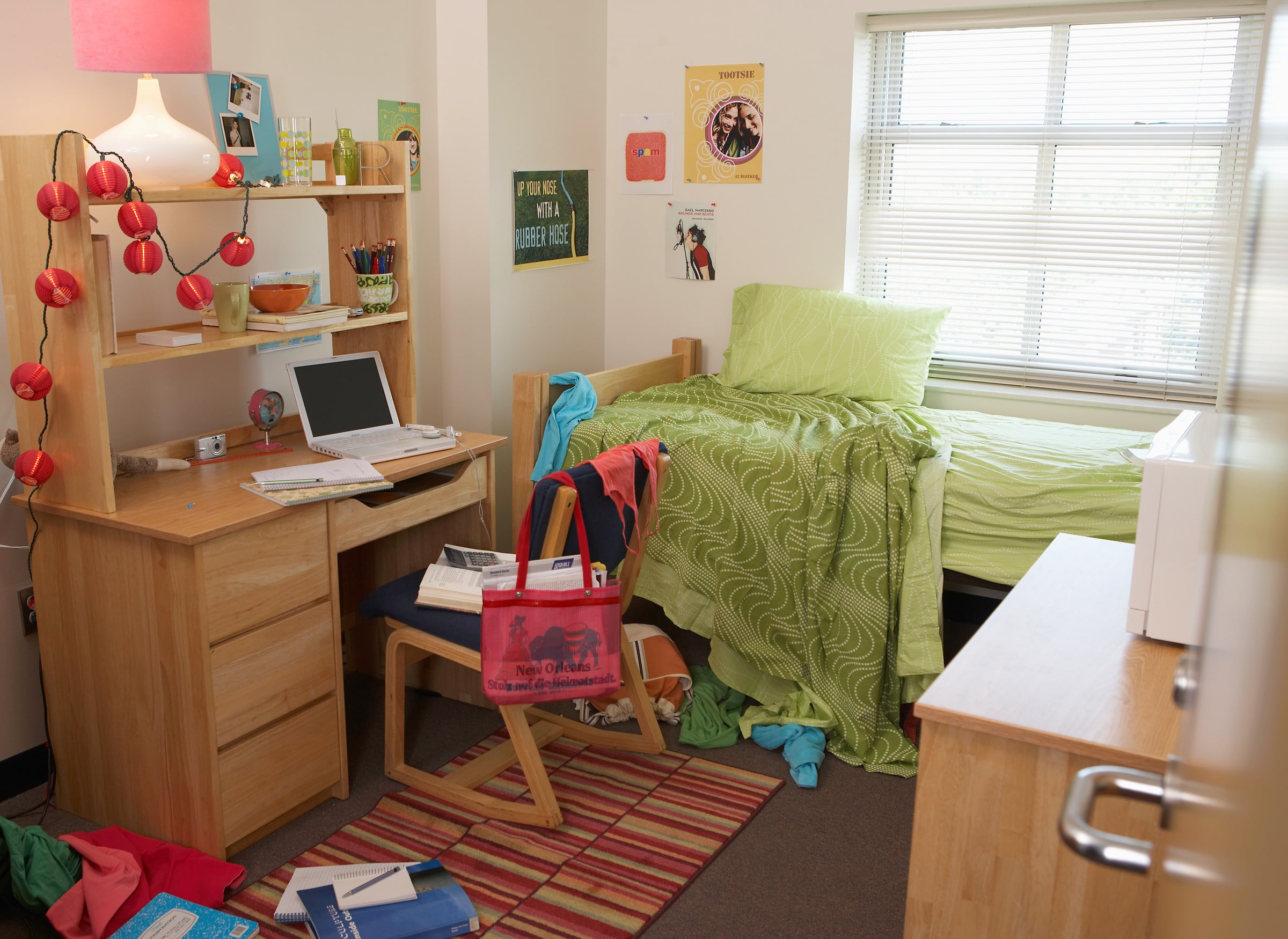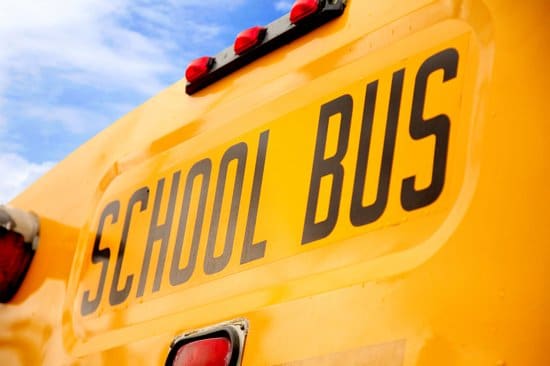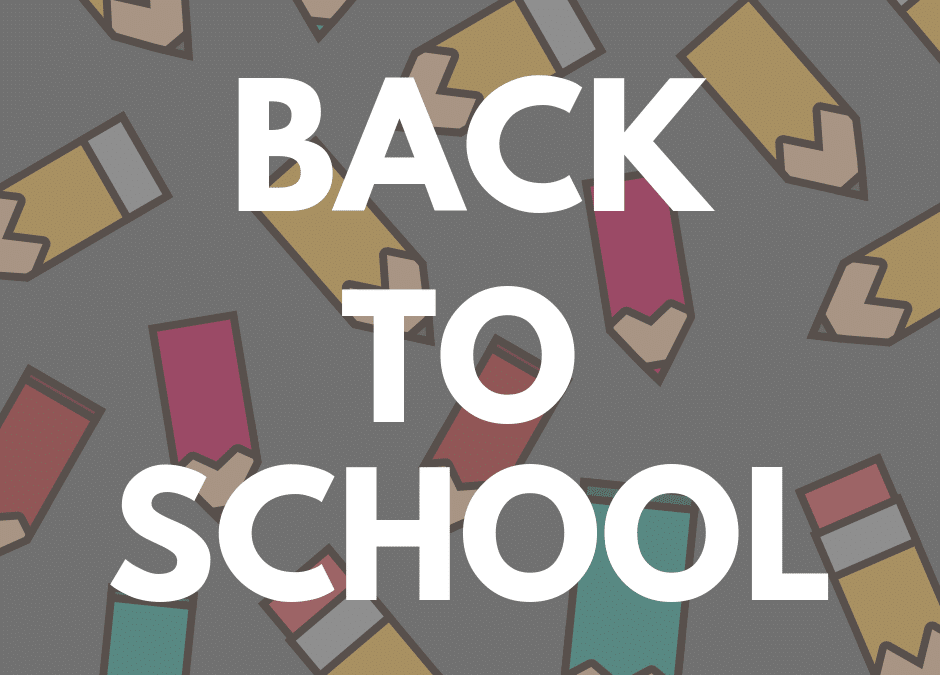
by California Casualty | Homeowners Insurance Info |
The rush is on to get everything ready as students head back to college. If yours are moving into a place of their own, don’t forget to purchase renters insurance to protect all the special items that make their new place their home away from home.
Here are some important reasons why it is a necessity for your college student(s) to have renters insurance:

1. College kids have more these days: books, bicycles, TVs, computers, tablets, gaming systems, smartphones, sound systems, clothes, bedding, furniture, and kitchen items. Replacing those items if they were stolen, damaged or destroyed in a fire could add up to tens of thousands of dollars. Renters insurance also pays for temporary living expenses, like a hotel room, while their room or apartment is being repaired.

2. Once they move into a place of their own they usually need their own renters insurance policy. Most students who live in a dorm have personal property coverage under their parents’ homeowners insurance.

3. A landlord’s insurance policy won’t cover your student’s belongings. The landlord’s insurance protects the building and only pays to fix walls, roofs, etc., not any of your kid’s contents.

4. Renters insurance provides liability coverage if someone gets hurt at your student’s home/apartment. It helps pay for medical expenses and other costs, like legal fees, if the injured person sues.

5. Renters insurance a great value. On average, it costs between $10 and $20 a month, or about $200 a year. That’s less than most people spend each month for cell phones or their cable bill.
Policies from California Casualty also provide free ID theft protection from CyberScout, adding another layer of security in our modern world of social media, data breaches, and online trolls. Now is the time to find out how little renters insurance costs, and how it can cover your student’s belongings. Learn more by contacting an advisor today at 1.866.704.8614 or visit https://mycalcas.com/quote
This article is furnished by California Casualty. We specialize in providing auto and home insurance to educators, law enforcement officers, firefighters, and nurses.

by California Casualty | Safety |
The hustle and bustle of the first days of the new school year can get a little crazy. Kids are racing to see their friends, buses are crisscrossing the area picking up and dropping off students and hurried parents are trying to drop their kids off before they have to head to work. Paying attention often goes by the wayside.
This is why it’s more important than ever to practice extreme caution around school zones and neighborhoods.
The National Safety Council warns that more children are hit by cars near schools than at any other location. That’s why they ask that drivers:
-
- Don’t double park because it blocks visibility
- Don’t load or unload children across the street from schools
- Carpool to reduce the number of vehicles at school
- Put down cell phones and other mobile devices
Other safety tips to prevent auto-pedestrian injuries around schools include:
-
- Not blocking crosswalks when stopped at a red light or making a turn forcing pedestrians to go around you; this could put them in the path of traffic
- Always stopping for school crossing guards
- Using extra caution to look out for children at bus stops, school zones, playgrounds and parks and in all residential areas
- Never passing a vehicle stopped for pedestrians
- Remembering that pedestrians have the right of way
And to prevent distracted walking and texting accidents, students are reminded to keep their head up and phone down and:
-
- Never walk while texting or talking on the phone
- Always move out of the way of others and stop on the sidewalk to text
- Never cross the street while using an electronic device
- Do not walk with headphones on
- Be aware of their surroundings
- Always walk on the sidewalk if one is available; if a child must walk on the street, he or she should face oncoming traffic
- Look left, right, then left again before crossing the street
- Cross only at crosswalks
Remember, the first days of school can be a dangerous time for excited students. Safety experts stress that we all need to slow down near school zones, wear seatbelts, leave early so we aren’t rushing and never drive distracted (texting, eating or drinking, horsing around with passengers or adjusting the radio or adjusting the navigation system).
This article is furnished by California Casualty, providing auto and home insurance to educators, law enforcement officers, firefighters, and nurses. Get a quote at 1.866.704.8614 or www.calcas.com.

by California Casualty | Educators |
Our Education Blogger is a public school teacher with over a decade of experience. She’s an active NEA member and enjoys writing about her experiences in the classroom.
Back to School Night can be overwhelming and somewhat dry for teachers and families.
Teachers try to squeeze as much information as possible into a brief period of time, while trying to meet new students and answering parent questions. But you don’t have to focus on just school business during this time; instead, have some handouts and packets ready for parents to grab, carve out a short time for some Q&A, and then start having some fun with students and their families!
We’ve compiled a list of some ideas that will have you, your students, and their parents excited about the upcoming school year. Here are 8 Simple Activities to Make Back to School Night Fun!
1. Scavenger Hunt (Angela Watson – The Cornerstone for Teachers)
Families can complete this activity while they wait for you to begin the presentation, and/or afterward while they wait to talk to you. One parent sent me an email afterward saying how much she enjoyed it because she had a purpose in walking around the room and knew what she was looking at. The scavenger hunt can end with the parent at the child’s desk, waiting for you to begin talking.
2. Guessing Games (Livestrong.com)
Guessing games add an entertaining twist while helping parents get to know the teacher and classroom better. A bulletin board display with pictures of teachers as babies or kids is a classic game option. The parents try to match the teacher with the childhood picture. If the open house happens after school starts, the kids can get involved in the game. Each child draws a self-portrait for display. Each parent tries to guess which self-portrait belongs to her child.
3. Parent Bingo (SignUp.com)
Create a BINGO card with slots full of things parents have done relating to school and have them try to get BINGO by finding other parents in the classroom that can initial off each slot. For example, one slot on the card can have “Majored in business.”
4. Name Alliteration Game (SignUp.com)
Go around the room and ask parents to say their name accompanied with an adjective using alliteration (i.e. Marvelous Miranda). After each person says his or her name, the next person has to recite every person prior to him or her and build to the chain of introductions.
5. Student/Parent Journal Entry (Angela Watson – The Cornerstone for Teachers)
The kids write on a topic such as “The Hardest Part/Best Part of Being a Kid”. They then set up the page across from that page with the title, “The Hardest Part/Best Part of Being a Parent”. The families complete the journal entry at Back-To-School night and children read them in the morning. (Have another morning warm-up for kids whose parents did not come.) This is a good activity if you use journals and workbooks a lot: it lets parents see how much work the child is doing in class, even though it may not all come home because it’s not on loose-leaf paper.
*Be aware that some parents may not feel comfortable with their own reading or writing skills or may be preoccupied with their young children or the papers you have handed them, and may not take part. I have had moderate success with this activity in that regard, but the parents who did do the journal entry absolutely raved about it.*
6. Parent Quiz (SignUp.com)
Create a small quiz relating to the designated class and have parents participate by testing their knowledge on the subject. Make it extra fun by having the students grade it!
7. Academic Games (Livestrong.com)
An academic theme to the games allows the teacher to introduce some of the concepts she’ll teach in class. If estimation is on the schedule for math class, an estimation game with objects in a jar is an option. The parents use estimation skills to guess how many of the object are in the container. For a language game, parents might receive letter tiles to make as many different words as possible using only those letters. If the teacher uses games in the classroom to teach concepts to the kids, those games can go out during the back-to-school night for parents to play.
8. Significant Item (SignUp.com)
Ask parents to look into their handbag or wallet and ask them to choose something significant to them. Then they have to share why that item is significant to them with others.
What are your tricks to get students and families feeling eager about the new school year?
This article is furnished by California Casualty, providing auto and home insurance to educators, law enforcement officers, firefighters and nurses. Get a quote at 1.866.704.8614 or www.calcas.com.

by California Casualty | Calcas Connection, Good to Know |
August is prime moving season. It can be quite a task if you are packing up for your first apartment, or heading to your forever home. Not only do you need enough boxes, but you’ll soon be learning a new route to work or school, trying to figure out the parking situation, and going through the fun of setting up utilities, internet and other necessities. As you race around trying to get everything prepared, it’s easy to get frustrated or forget important things.
Here are some helpful packing tips that can make the effort a little easier:
- Make sure you have enough boxes for your move (find a box calculator here)
- Designate an “essentials” suitcase or bag for hygiene products, medications, toothbrushes, chargers and a change of clothes you’ll need for a few days (and keep in your car)
- Keep clothes on hangers, zip tie them together and wrap them in plastic for easier transition into a new closet
- Put fitted sheets on both sides of a mattress to protect it
- Pack glass bottles in kids pool floaties to protect them from breaking
- Wrap breakable dishware and glass in t-shirts or towels
- Use painters tape to label electrical cords with the name of the corresponding appliance for hassle-free matching, and pack them in toilet paper or paper towel rolls
- Put screws and other small hardware in sandwich bags and tape them to the piece they go to
- Instead of using markers, use color-coded tape to designate where each box will go
Getting to your new home and realizing you left important things behind can be a real downer. Here’s a list of some essentials things you’ll want to do:
- Submit your change of address to the Post Office a couple weeks before your move – it often takes ten-business days to get processed
- Open a checking account in your new city a few weeks prior to the move
- Get copies of your family’s medical records and veterinary records for your pets, as well as copies of prescriptions you may need to transfer
- Have official copies of your child’s school records (needed to enroll them into a new school)
- Look for valuables you may have hidden around the house (jewelry, stamps, coins)
- Remember items you left at the cleaners (or the watch at the repair shop)
- Leave some cleaning supplies for the after-move clean-up
- Bring an extra roll or two of toilet paper (enough said)
- Leave behind the garage door opener – many people forget to take them out of their vehicles
- Gather all the house keys you have hidden or given to neighbors and friends, and to rekey the doors of your new place
You can find an easy to use, downloadable moving checklist here.
Here’s an important note: If you are renting a moving truck, most auto insurance companies don’t extend coverage to those type of vehicles, and auto insurance may not cover rental trailers. You should contact your insurance provider before the move, and consider buying the rental truck company’s liability, damage waiver, and cargo protection policies.
TAKEAWAY:
Are you ready to move? Download a renter’s moving checklist from our resources page, mycalcas.com/resources. Also, let one of our advisors make sure you have the coverage you need for your big move. Contact us at 1.800.800.9410 option 3.
control the chaos of moving
by California Casualty | Calcas Connection, Consider This |
Imagine the heartbreak of coming home to find burglars have cleaned out your valuables or that a fire reduced everything you owned to ashes. Having renters insurance can help you replace all that you lost and get you back on the road to recovery. If you don’t yet have a renters insurance policy, here are some facts that might convince you to do so.
- Your landlord’s insurance does not cover your possessions. It only protects the structure: roof, walls, etc. Their policy ends where the interior walls begin.
- You probably own more than you think. From kitchen goods and cookware, bedding, clothing, shoes, electronics and other household essentials, most people underestimate the expense to replace those items. Imagine how much it would cost to buy new furniture, clothes, personal items, computers, stereos, and electronics if they are stolen, damaged, or destroyed by a fire, water leak or a broken pipe.
- Renters insurance provides for the cost of meals and other expenses. This includes a temporary place to live (like a hotel) while your place is repaired or rebuilt after a claim.
- Renters insurance gives you liability protection if someone gets hurt at your place. It pays medical bills and some court costs if someone sues after an accidental fall on your steps or is bitten by your dog.
- For the protection it offers, renters coverage is very affordable. The Insurance Information Institute estimates the average policy costs $185 a year, just over 50 cents per day. The savings from bundling with an auto policy can make renters insurance practically free.
Plus, a renters policy from California Casualty protects your items away from home – like luggage lost on vacation, a camera or computer taken from your vehicle, and TVs and furniture in storage. Each policy also comes with free ID theft protection.
TAKEAWAY:
Make sure you have the protection you need as a renter. Contact one of our advisors to get coverage tailored to your specific needs at 1.800.800.9410 option 3, or visit www.calcas.com/renters-insurance.










